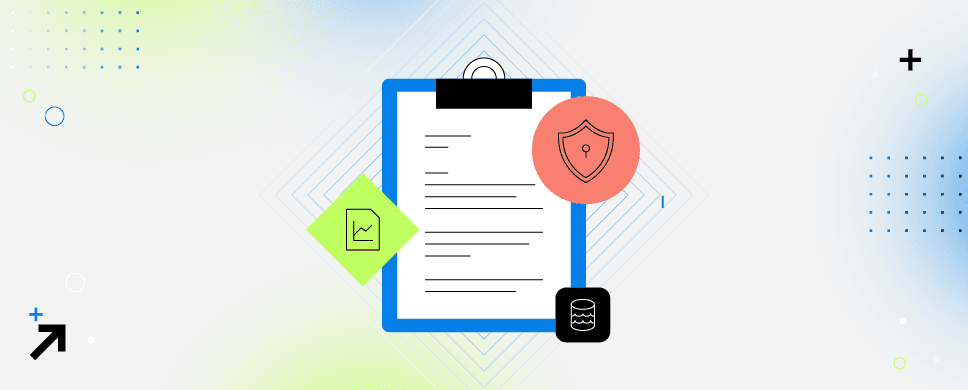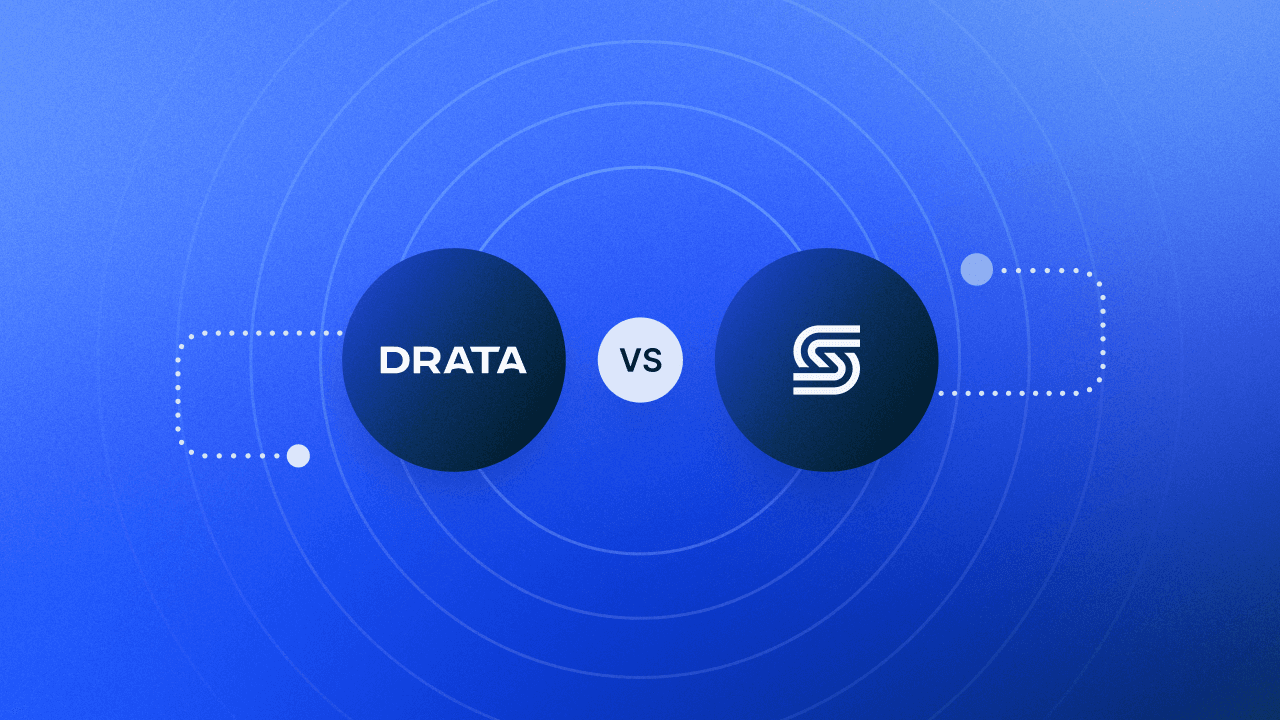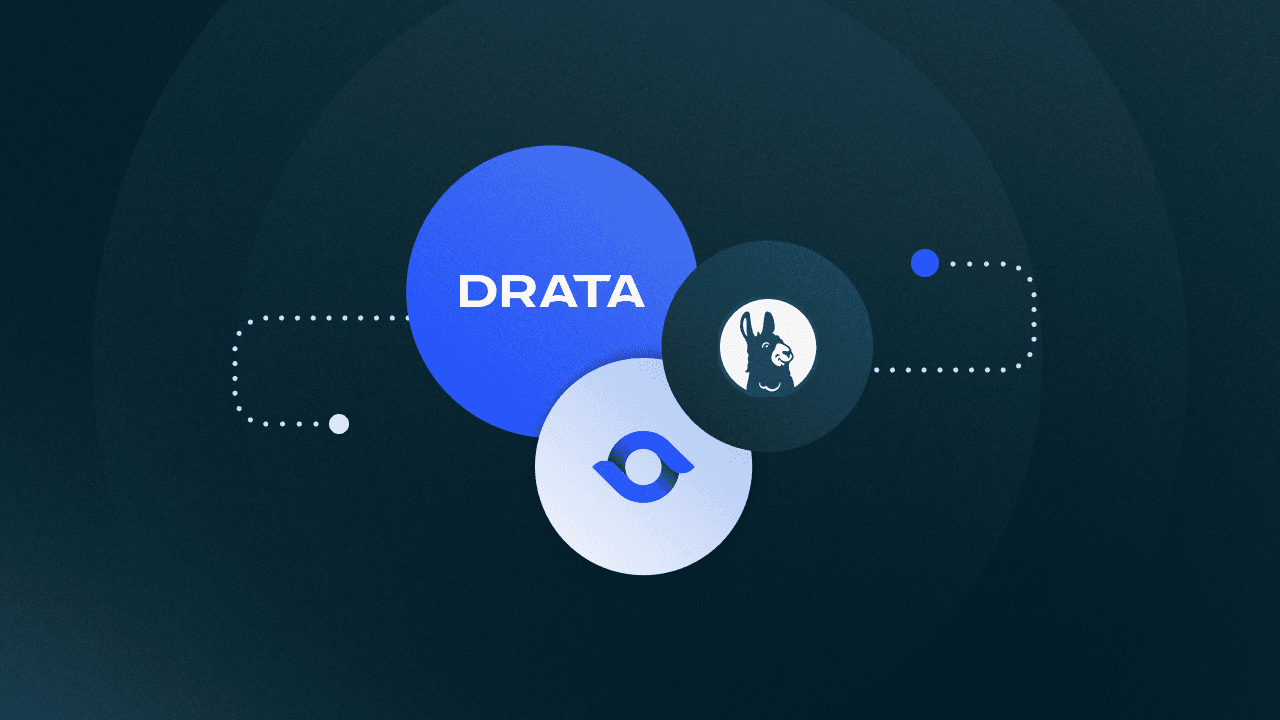6 Popular SIEM Tools to Consider + How to Choose the Right Solution
Evaluate our list of popular SIEM tools and break down what you need to know to choose the right vendor to meet your unique security needs.
The need for companies to protect themselves from potential threats has only increased in the last few years. Security teams collect large amounts of data everyday to sift through to detect potential threats but it can be labor intensive to do manually. Security Information and Event Management, or SIEM, tools have been developed to simplify the process by filtering massive amounts of security data and highlighting specific security alerts to prioritize.
It’s a powerful tool that can enable organizations to identify potential incidents that may otherwise go undetected, but how do companies find the right solution for them? We’ve gathered a list of popular SIEM tools and break down what you need to know to choose the right vendor to meet your unique security needs.
Popular SIEM Tools to Consider
There is a lot that goes into finding the right SIEM tool that will fit your company’s security needs. Thinking through which kinds of features you will need, like advanced capabilities of threat response using Security Orchestration and Automation Response (SOAR) or Extended Detection and Response (XDR), and if you want to host the software on infrastructure you own or use SaaS will be key decision factors.
We have listed some popular SIEM tools below to assist you in your search:
What is SIEM?
Security Information and Event Management software collects information and security data from a variety of sources and provides advanced analytics and incident prioritization information for your team to react quickly to threats.
Security teams often have large quantities of data coming in that can be difficult and time consuming to pare down to the key information they need to respond to threats. SIEM tools do the work for you by aggregating and normalizing the data to useful summarized information on the threats facing your organization.
It’s especially useful for companies that are working towards PCI DSS compliance because it helps fulfill some of the requirements that include log collection, analysis, and reporting.
How Does SIEM Software Work?
SIEM software works by deploying multiple collection agents or integrations in a hierarchical order to gather security related events, such as:
End-user devices.
Servers and network equipment.
Specialized security equipment (firewalls, antivirus, or intrusion prevention systems).
These collectors then forward events to a centralized management console, where security analysts filter through the noise of the data, make connections, and prioritize security incidents.
Choosing the Right Solution for You
Overall aspects to consider when evaluating different vendors are:
Vendor’s reputation and track record.
The core capabilities of what your company will need.
What advanced features or next-gen capabilities to look out for.
If a software provider recently has mishandled a data breach or is known in the security industry for not being a reliable vendor, it is obviously not one you should take a risk on. Their track record will speak for itself.
A key aspect of finding the right SIEM vendor is being aware of exactly what your security needs are. You may not need machine learning or user behavior analysis if you’re just getting enough controls for SOC 2.
Core Capabilities
Companies that may not have specific security needs that would require more sophisticated features or those that have a more stringent budget should look for a provider that carries core capabilities. Most SIEM softwares will have these main functionalities:
Threat detection
Threat intelligence and security alert system
Compliance assessment and reporting abilities
Real-time notifications
Data aggregation
Data normalization
Scalability
Performance analysis
Advanced Features
Specialized features build on the main capabilities of a SIEM tool but as mentioned above, these features can also be found in certain standalone applications that can fill your security needs.
If you have specific needs or a bigger budget for more features, SIEM tools can also include:
Data collection and management.
Cloud delivery.
User and Entity Behavior Analysis (UEBA).
Security Orchestration and Automation Response (SOAR).
Extended Detection and Response (XDR).
Automated attack timelines.
Machine learning.
Keep in mind that no one tool will have everything you need but knowing how to evaluate them will help you choose the best option for their organization. At Drata, we know that being able to integrate different tools to build a comprehensive tech stack that meets your unique needs is crucial—it’s why we have over 75 integrations to continuously monitor and collect evidence of your security posture. Learn more about automating the compliance process with Drata.







